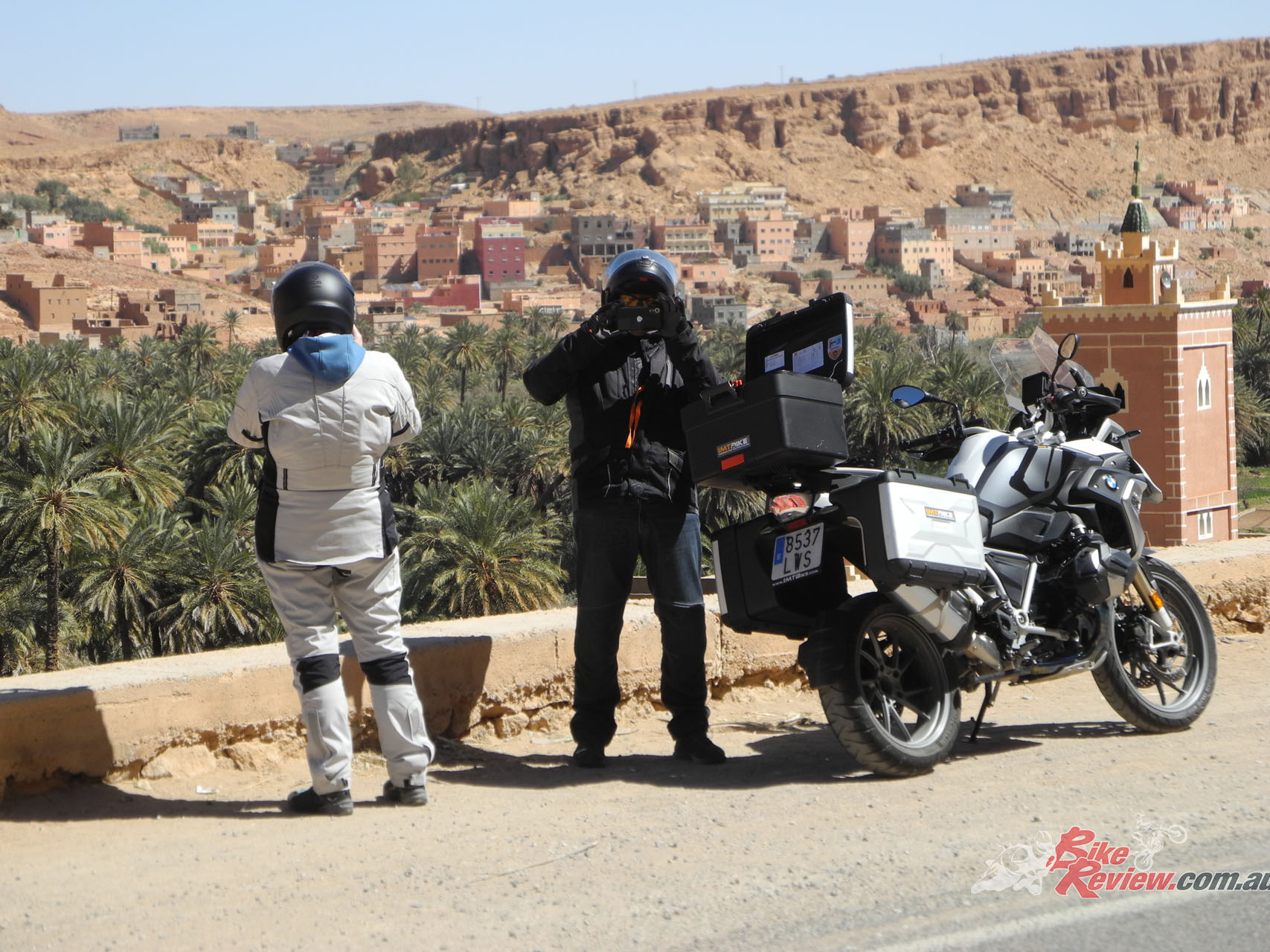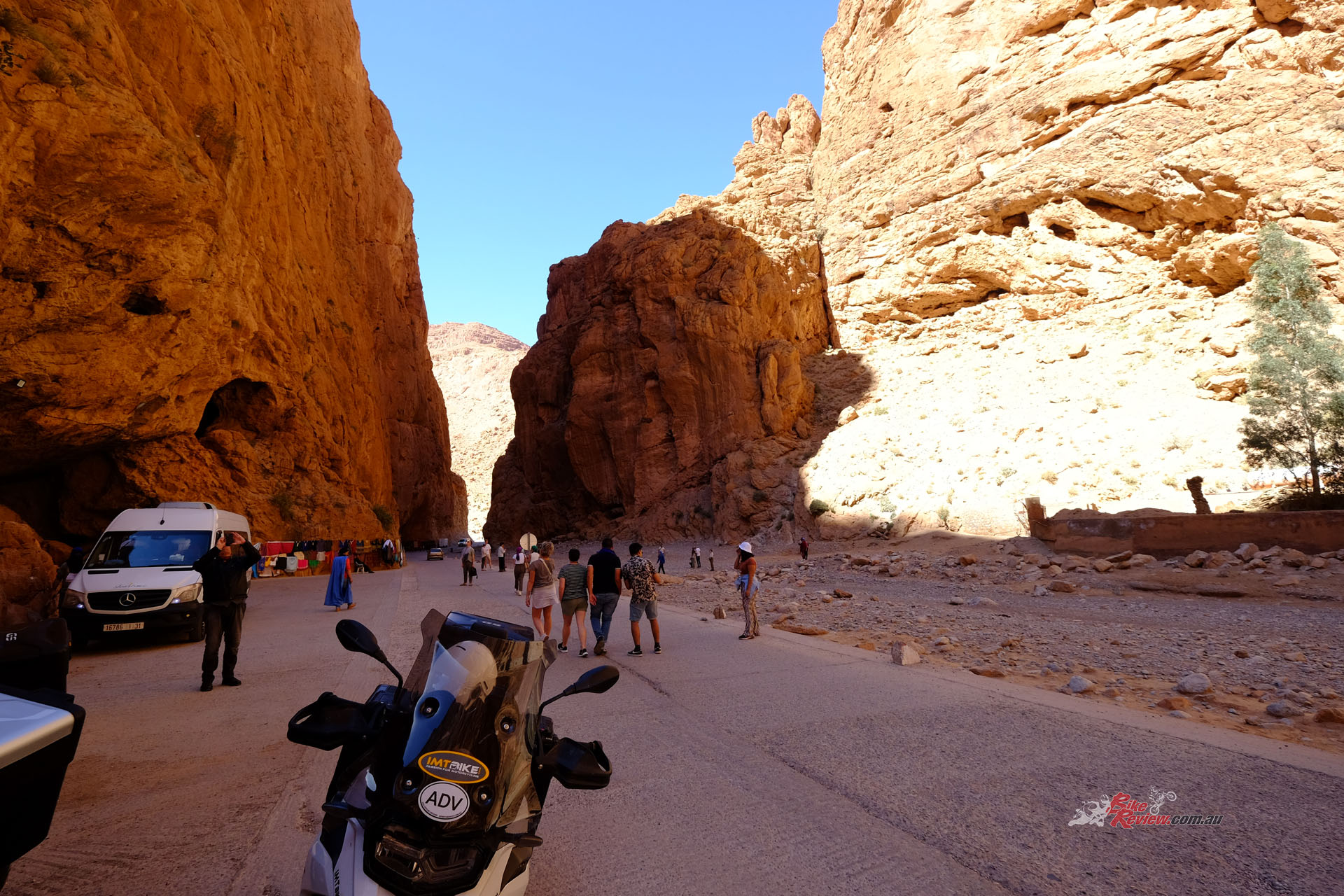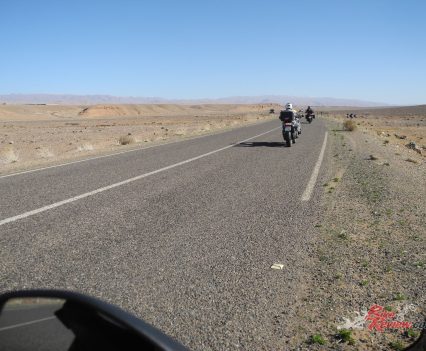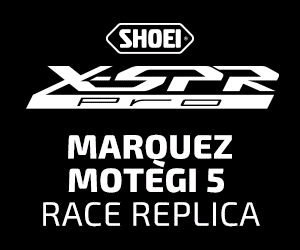The Bear has just gotten back from Morocco where he did an epic IMTBIKE trip. Check out all the amazing sights to see in this North African country! Photos & Words: The Bear.
Often, we choose adventure destinations because they’re hard. Hard to get to, hard to get around, even hard to get a cold beer. I’ve just come back from a trip to one that is really, truly easy. Despite Morocco being an easy trip, it’s no less adventurous.
Let’s take a quick look at the country. Morocco sits at the north-western tip of Africa, opposite Spain. Its backbone is the Atlas chain, which is really four separate ranges. In the far south, the Anti-Atlas marks the beginning of the Sahara proper. These mountains are extremely dry, with annual precipitation usually less than 200 millimetres.
Stay up to date with The Bear’s travels here…
The next range to the north is the High Atlas, which rises to 4,165 metres. Even in summer, there can still be snow on some peaks. It joins the Middle Atlas range, which extends into Algeria. To the north of Fez another, smaller chain, the Rif, runs along the Mediterranean coast.
The rest of Morocco consists of plains and low hills, and while the mountains are dry, much of this land is fertile and provided with a good road network. Because the mountains are steep, they have few modern roads although there are many old trading tracks, now often neglected and lots of fun on a dirt bike. Tucked away near the Algerian border is a stretch of proper sand dunes, Erg Chebbi – more of that later.
“I’ve just come back from a trip to one that is really, truly easy. The people even understand the concept of an “ice cold beer”. But Morocco is no less adventurous for that.”
I did this trip with IMTBIKE.com. If you click here you’ll see a report about a trip I did with them through Portugal. They offer terrific tours and have a fleet of new BMWs on hand; I go for my favourite, the F 750 GS. This tour starts in Malaga, in Spain, so we first took the motorway the 130km or so to Algeciras to the ferry, which takes an hour or so to get to Tangiers in Morocco. More motorway then to Rabat, the country’s Capital and our first overnight stop.
As we rode into Rabat alongside the main royal palace on a very good road, I noticed bunches of uniformed blokes gathered at each entrance and guard house. There seemed to be half a dozen different uniforms, and I finally worked out that each of the branches of the military, as well as the police forces, must supply guards. Mind you, they didn’t seem to have this guarding business sorted; all they were doing was smoking, laughing and telling each other lies about their soccer skills.
A classy riverside hotel with drinks and an equally classy dinner followed – IMTBIKE.com specialises in really good accommodation and food – with a chance to get to know the group of 16. It was made up of Americans, Germans, Poles, Portuguese, a Spanish couple from the Canary Islands and an Israeli as well as Terry from Wollongong plus guides Roger and David, both from Barcelona. One rode with us, and the other drove the van which carried our luggage.
The next day’s ride through the hills was fun. We stopped in a little place called Rommani for mint tea, a drink I was beginning to appreciate, and then we got our first taste of Moroccan corners. The road was in surprisingly good shape considering that recent rain had dumped huge amounts of mud on the surface. That had simply been scraped up and left on the other side of the Armco.
That evening meant a visit to the Djeema el-Fna. This huge market square in the middle of Marrakesh has been going since the 11th Century in various incarnations. Once, its main evening attraction would have been the storytellers whose wares were the communal memory of the Berber tribes. For centuries, it was a vast food market with farm traders coming down from the mountains each day. That has mutated into a food market offering local delicacies, although you can also buy everyday groceries, especially olives, as well as a giant entertainment centre.
Lonely Planet describes it well: “the nightly carnival continues to dazzle. Amazigh [stet] musicians strike up the music and gnaoua troupes sing while henna tattoo artists beckon to passersby, and water-sellers in fringed hats clang brass cups together, hoping to drive people to drink. This is a show you don’t want to miss, and it’s a bargain too: applause and a few dirhams ensure an encore…” We wandered around, and then ate dinner on a terrace overlooking all the fun.
The best of the riding came the next day with the road up to the Tizi-n-Tichka Pass. While it isn’t quite finished, this is going to be one of the truly great motorcycle roads of the world.
The best of the riding came the next day with the road up to the Tizi-n-Tichka Pass. While it isn’t quite finished, this is going to be one of the truly great motorcycle roads of the world. Endless sweepers, wonderful views of spectacular mountain landscapes, and even entertainment at road works stops from blokes trying to sell us geodes containing crystals in fake colours.
The shopping was better at Ait-Ben-Hadddou Kasbah, a stop on the alternative road we took down from the pass to our overnight stop in Ourzazate. Terrific road; very narrow, clinging to clifftops and sliding through seemingly impossible slots in the many small villages we passed. It’s truly amazing how effective the Kasbah architecture is at keeping the interior cool. Our hotel, the Riad Dar Daif was a typical example of the way architecture turns inward in places like Morocco arranged around a cool, moist, plant-lined courtyard. Its rooms, or rather suites, have been fitted into the shell of the four-story building with all mod cons including air conditioning.
The next day stood out for a visit to the spectacular Todra Gorge and lunch at a small Berber restaurant. It looked like something out of one of the better Star Wars movies, and the percussion concert provided initially by the staff, with us gradually being drawn into the performance, was a hoot. Our hosts had a number of hide-covered drums as well as a wheel hub off a Citroen – played with spoons – and Yasmin, the boss of the kitchen, even “played” a pair of tea glasses.
When we pulled into our hotel at Erfoud the next night, a line of Yamaha dirt bikes stood against one wall, faced by KTMs against another. They were there for Erg Chebbi, Morocco’s best-known and biggest sand dunes. Used for everything from Hollywood movie locations to practice venues for Dakar teams, Erg Chebbi also offers extensive tourist activities including the inevitable camel rides and romps in the dunes on four-wheeler ATVs.

IMTBIKE.com’s machines are all in top condition! You can’t go wrong with them if you want to do a riding tour.
I was not too well after Erfoud – no, not due to the plentiful “ice cold beer” but a roadside milk coffee. . Roger looked at me in the morning and offered a ride in the van rather than on the bike. I refused of course, being the case-hardened Aussie I am but it wasn’t long before I realised that I was not up to making decisions such as which way to turn. The bike went into the van and I took my seat next to David, who supplied me with water and stopped when I needed him to.
By the time our free day in Fez came around I was a bit better and managed to take in both the wonderful crowded lanes of the medina and the many varied craft workshops. . I’m sorry I missed the riding on those last couple of days because we traversed some amazing, vast desert valleys but at least I got to see them from the van. Chefchaouen, the “famous” blue village is a tourist trap, and while it was all quite jovial I sat in the shade and drank bottled water. The border crossing into the Spanish enclave of Ceuta was slow but not unpleasant, and we stayed the night in a Parador, one of Spain’s wonderful government-owned historic hotels. Then it was the ferry and the ride back to Malaga, and I decided that next time I’ll take IMTBIKE longer Morocco tour – there’s still a lot to be discovered there.
Editor’s Note: If you are reading this article on any website other than BikeReview.com.au, please report it to BikeReview via our contact page, as it has been stolen or re-published without authority.
































